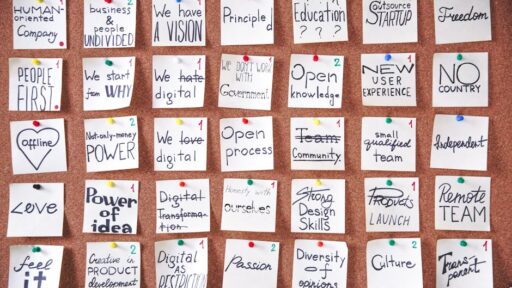Harnessing the Power of Teamwork: Strategies for a More Collaborative Workplace
The workplace is a dynamic environment where individuals converge to achieve common goals. Teamwork is not only central to accomplishing these goals but is also a catalyst for innovation and efficiency. However, the mere presence of a shared employer does not automatically foster a collaborative culture. Individualistic tendencies and workplace disagreements can hinder collective progress. This article delves into effective strategies for promoting teamwork, backed by real-world examples and expert insights.
The Essence of Teamwork
According to the Oxford English Dictionary, teamwork is defined as the combined actions of a group, especially when effective and efficient. Similarly, Merriam-Webster describes it as work done by several associates, each contributing a part but subordinating personal prominence for the efficacy of the whole. These definitions underscore the transformative power of teamwork, akin to the bundle of sticks in Aesop’s fable, where individual limitations are overcome through collective strength.
The Benefits of Teamwork
Teamwork is effective because it amalgamates diverse skills and perspectives to achieve a goal. This collaborative approach often results in higher-quality work completed more efficiently. Working as part of a team also nurtures a sense of belonging and purpose, as employees witness firsthand how their contributions impact the overall success. The sense of accomplishment from a successful team project can ignite a desire to replicate that success.
Teamwork in Action: The Soccer Analogy
Consider a soccer team, comprising eleven players with distinct roles yet unified by the shared objective of winning. Each player’s talent is harnessed to contribute to the team’s success, with the coach ensuring optimal performance. This analogy extends to the workplace where roles in R&D, production, marketing, and sales are interconnected, each contributing to the company’s goals.
Promoting Effective Teamwork
Successful organizations like Google, Starbucks, and Pixar exemplify the power of teamwork. Here are strategies to foster a collaborative environment:
- Appreciation: Recognize individual and team contributions to boost morale and motivation. Balance individual accolades with team recognition to maintain harmony.
- Role Clarification: Clearly define roles and responsibilities to prevent inefficiencies and ensure everyone understands their contributions to the team effort.
- Goal Setting: Establish realistic and complementary team goals to align with the company’s objectives, fostering a unified direction.
- Encourage Open Communication: Maintain open channels for feedback and ideas, fostering an inclusive environment where all voices are heard.
- Minimize Micromanagement: Allow team members the autonomy to explore and learn from their mistakes, promoting innovation and growth.
Conclusion
Teamwork is a powerful tool that, when harnessed effectively, can significantly enhance workplace productivity, morale, and success. By fostering a culture of collaboration, organizations can transform into cohesive units where the collective output surpasses individual contributions. Incorporating these strategies will not only improve team dynamics but also contribute positively to the company’s bottom line.




